Stephen King Made Winter the Scariest Time of the Year
Some of Stephen King’s most memorable stories have been set in the ice, snow, and dead of winter.
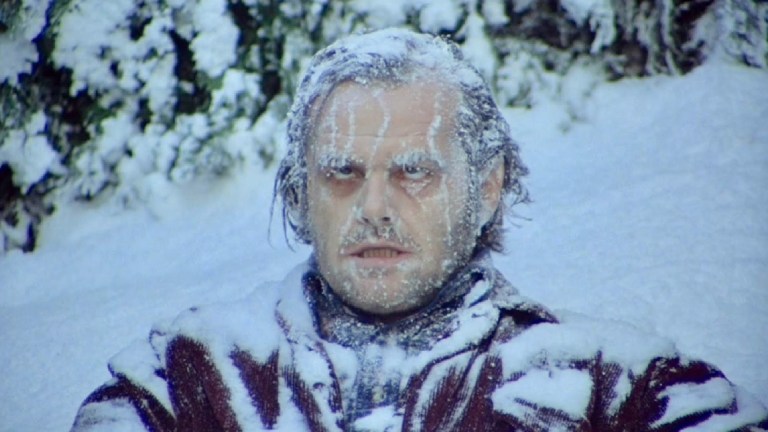
When the idea for this feature was first proposed, the angle was “Stephen King stories set at Christmas.” Much to my surprise, however, and despite our best efforts, we were not able to find a story by the master that was set specifically during the holidays or that pertained to them in some meaningful way (feel free to correct us, by the way, if you know of one). Given the breadth of King’s prose, this absence is surprising. It also begged a new question: What, then, are his best stories set in winter? It’s perhaps telling how quickly the choices multiplied. More than a few of King’s best-known tales take place during the coldest part of the year, and a few lesser-known tales benefit greatly from having the same backdrop.
We’re not parsing whether they’re short stories, novels, TV productions, or movies—we’ll discuss the story in whatever medium (or media) it’s appeared in—and we’ve left out a couple, like The Stand and The Dark Tower, that have brief segments set during the winter. Nonetheless, the below collection tells its own kind of story. So curl up in your favorite sweater or blanket, light a fire if you have one, pour yourself something hot, and peruse these King stories set in the darkest, frostiest time of the year—we suspect they’d still leave you chilled even if you read them during the dog days of summer.
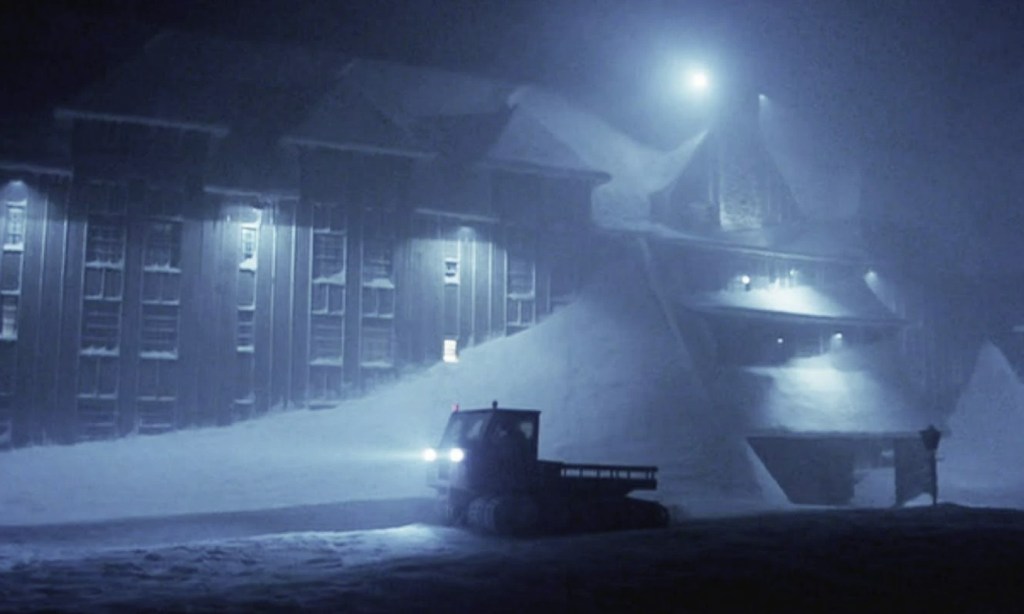
The Shining
Of course, we’ll begin with the quintessential King winter tale, about the plight of the Torrance family when they’re left all alone to take care of the Overlook Hotel after it’s closed for the season. Both the novel and the Stanley Kubrick film (and, we suppose, the 1997 miniseries, although we haven’t seen it in ages) use the snowy confines of the Overlook and its grounds effectively, but we daresay that the book does it the best: there’s a scene omitted from the film in which little Danny encounters something inside a snow tunnel he’s made, and Halloran’s frightening journey to rescue the Torrances is even more harrowing on the page—as if nature itself is being controlled by the forces inside the hotel.
Nevertheless, both the book and the movie effectively convey the sheer loneliness and claustrophobia of being trapped on the mountain, snow piling up all around, even when you have a vast, albeit malevolent, hotel to move around in. Like the Overlook itself, the frozen environment in which it crouches like a sleeping giant is almost a character in its own right.
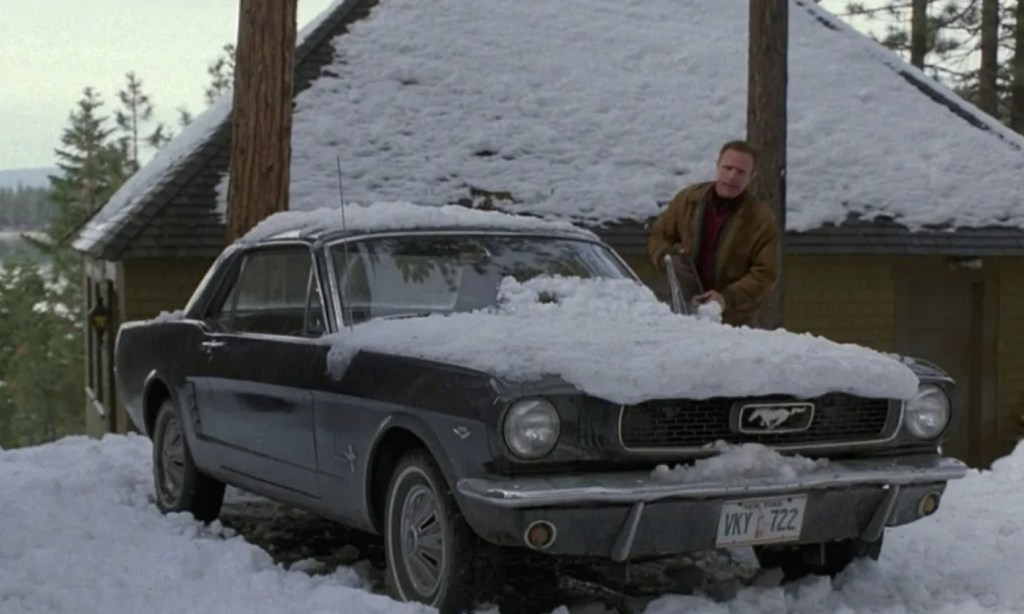
Misery
It’s the damn weather that’s to blame for the predicament that author Paul Sheldon finds himself in as King’s acclaimed 1987 novel (and the 1990 movie based upon it) begins. Having finished his latest and final book about doomed romance heroine Misery Chastain, Paul (James Caan in the film) decides to drive from Colorado back home to New York City… except he’s caught in a raging blizzard and crashes his car.
He’s found by local resident Annie Wilkes (a role that led Kathy Bates to an Oscar), who just happens to be Paul’s “number one fan.” Unfortunately, she’s also a murderous psychopath intent on keeping Paul alive to complete a new novel in which Misery returns to life—but that doesn’t mean she needs to keep him in one piece. Annie’s isolated, lonely existence and her incarceration of Paul in her home are exacerbated by the heavy snow that largely cuts off Annie’s house. The gradual thaw and, as the months go by, shift toward warmer weather are almost a metaphor for both Paul regaining his strength and Annie’s grip on him beginning to loosen, with Paul fighting to survive what amounts to a physical and mental deep freeze.
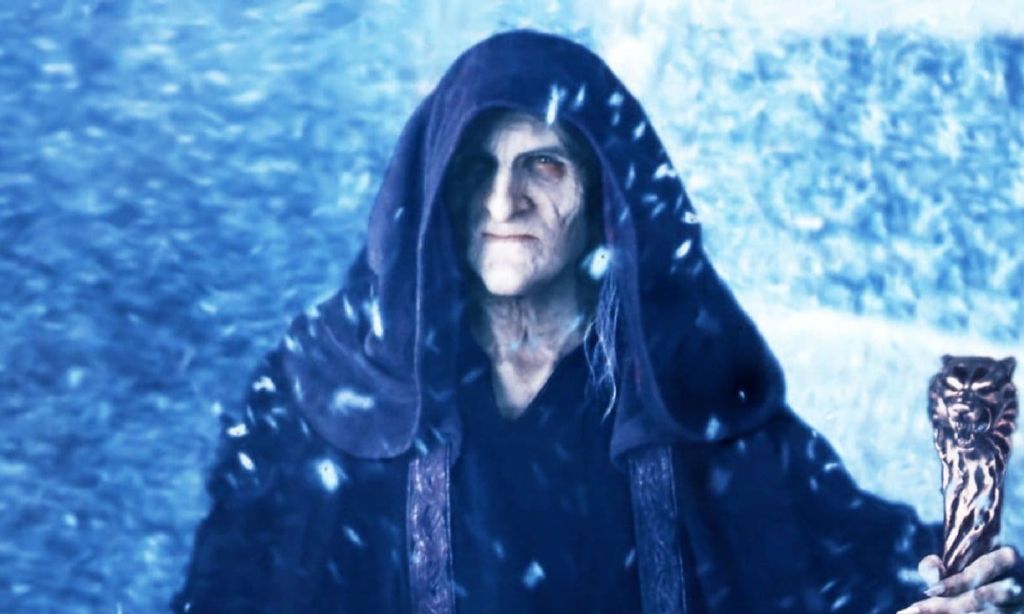
Storm of the Century
A rare King work that did not spring from a previously published novel or story, 1999’s Storm of the Century is an original three-part teleplay in which the inhabitants of the tiny fictional Maine community of Little Tall Island (also the setting for King’s Dolores Claiborne) are trapped on their island by a powerful Northeastern blizzard, only to find that something else has arrived as well—an ancient being who presents the town with a terrible moral dilemma.
As with his other winter works, King uses the harsh, frightening storm as a physical threat to cut off the characters from any kind of outside help so that they must face their quandary by themselves, as well as a metaphor for how the residents of Little Tall Island gradually lose their souls. By making a sacrifice they deem acceptable to save their own skins, instead of standing up together for what’s right, the community damns itself to a cold existence for the rest of its days.
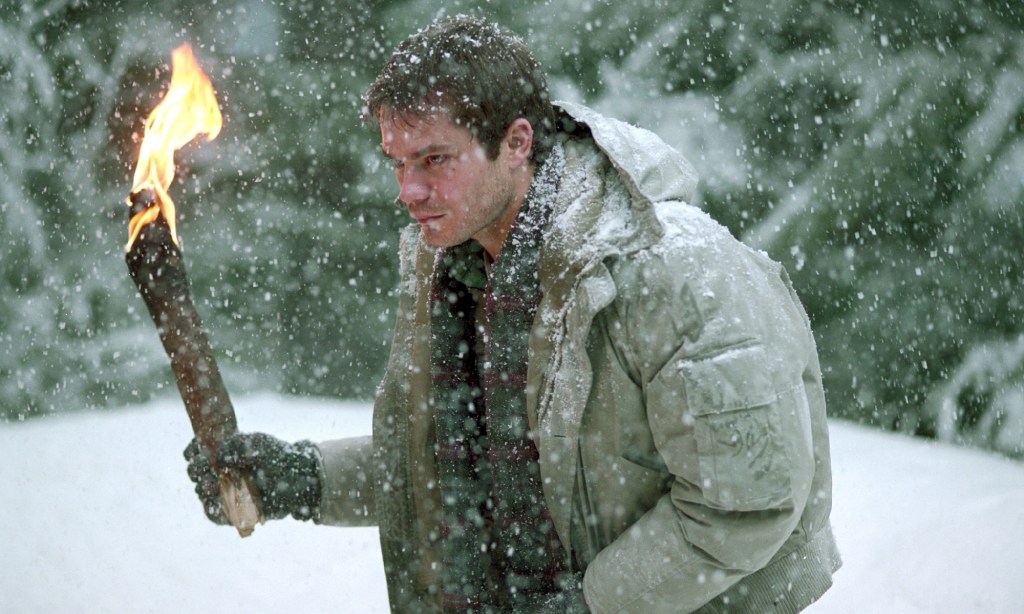
Dreamcatcher
Written while King was recovering from a near-fatal accident in which he was hit by a truck—and while the now-sober author found himself on Oxycontin to ease the pain—Dreamcatcher may be one of the author’s least enjoyable works and certainly one of his most surreal. That didn’t stop Hollywood from making a movie out of it, which turned out almost as deranged as (but worse than) the source material. Anything in which a man possessed by an alien parasite winds up shitting said entity out while on the toilet was always going to be a challenge for readers, filmmakers, and viewers.
That said, King’s tale of alien invasion via bodily infection benefits from the wintry setting, in which four psychically linked friends first confront the attack while at a remote hunting lodge. The snow and ice greatly reinforce the sense of isolation as the four men desperately try to make sense of the situation they’re in (especially when one is possessed by the alien consciousness), but both the book and movie eventually lose control of the narrative, becoming the equivalent of that messy sludge you get on the street a few days after a snowfall.
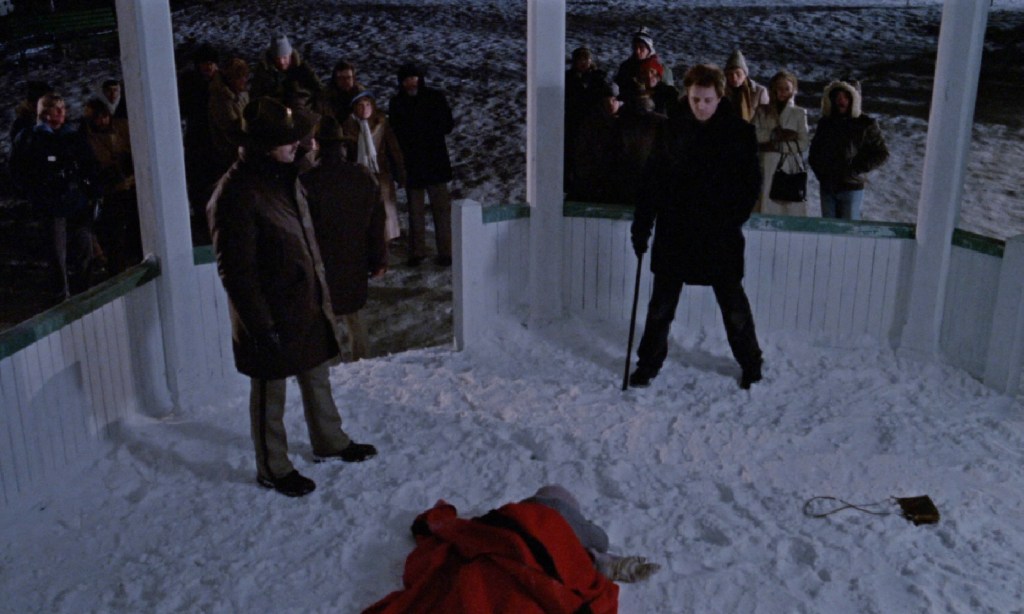
The Dead Zone
In the case of this King masterpiece, the passage of time and the change of seasons is an important part of the story’s background, but the 1983 David Cronenberg film based on the novel puts the wintry atmosphere right in the heart of the action, creating a melancholy, gray, overcast mood in the film that is suited to the tragic tale of Johnny Smith and the power he awakens with after a five-year coma, which proves to be both a blessing and a curse.
Cronenberg shot the movie in Ontario, Canada in January ’83, with conditions so cold thanks to lingering frigid temperatures that the cast and crew almost couldn’t stand it at times. But there’s no question that the icy locations, the snow-packed gazebo sequence (in which Johnny uses his powers to catch a serial killer), and the ever-present chill in the air—all foreshadowing Johnny’s eventual self-sacrifice to stop a psychopathic politician—provide a distinct atmosphere that contributes to this being one of the very best King adaptations.
The Breathing Method
The only one of the four novellas in King’s seminal 1983 collection Different Seasons not to be filmed—the other three are Rita Hayworth and Shawshank Redemption (filmed as The Shawshank Redemption), The Body (filmed as Stand by Me), and Apt Pupil—this truly odd tale within a tale begins with a framing story that’s set on the Thursday before Christmas. It’s on this day that the members of a very unusual men’s club (where someone can get lost in the rooms upstairs) hear a story told by an elderly doctor about the strangest childbirth he ever saw.
Although director Scott Derrickson (The Black Phone) has been attached to a film version of the story for a decade (via Deadline), to be honest, The Breathing Method just doesn’t seem like strong material for a film. The main story—about a woman determined to give birth to her illegitimate child no matter what—is fairly thin, with a horrific, macabre punchline, and much of the the mood is set at that vividly described men’s club on that late December day. It’s even subtitled, “A Winter’s Tale,” and King depicts a snowy, slushy, frosty New York City to perfection.
“One for the Road”
Stephen King never wrote a full-fledged, novel-length sequel to his landmark novel ‘Salem’s Lot (although he reportedly toyed with the idea on and off for years), but this 1977 short story, first published in a local Maine magazine and later reprinted in his 1978 Night Shift collection, is probably as close as we’ll ever get (not counting the Father Callahan character from the novel showing up in a couple of the later entries in The Dark Tower cycle).
In the story, set three years after the events of ‘Salem’s Lot, two men are sitting in a bar during a heavy Maine blizzard when a third man bursts in, saying his car is stranded in the snow with his wife and daughter still inside. When he tells the men where the car is trapped, just inside the burned out remains of the town of Jerusalem’s Lot, they quickly realize that a fate worse than freezing to death may already have embraced the man’s family. The drifting snow, the howling wind, and the dark, treacherous road leading into the Lot all play an integral role in this chilling (in all sense of the word) tale, which serves as a bracing reminder that ‘Salem’s Lot is no place to trifle with.
“The Reach”
Originally published in 1981 as “Do the Dead Sing?” and reprinted under its current title in the 1985 collection Skeleton Crew, “The Reach” is another King tale set on one of those small inhabited islands off the coast of Maine. In this one, an elderly woman named Stella Flanders, who has never once left tiny Goat Island in her entire life, decides to walk across the frozen reach, the small channel of water between the island and the mainland, on her 95th birthday. What no one knows is that Stella is dying of cancer and has begun seeing the ghosts of those who died before her, with more of them greeting her as she makes her way across the ice to her final destination.
As usual, King’s descriptive powers are at full strength as he chronicles Stella’s long, harsh walk across the reach. The man certainly knows his way around a Maine blizzard! A thinly disguised metaphor for the passage from life to death, “The Reach” is still a poignant tale of memory, loss, and aging, with King providing a rather optimistic view of what happens when and if we reach (no pun intended) the afterlife.
